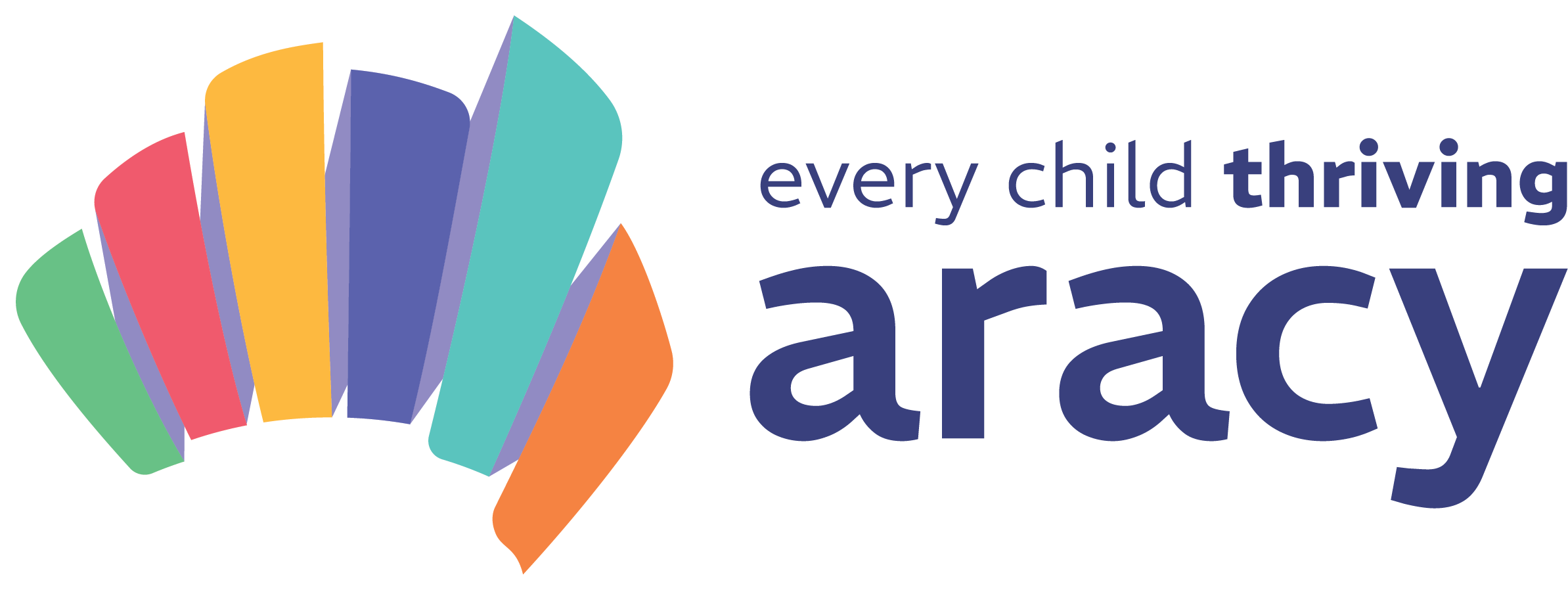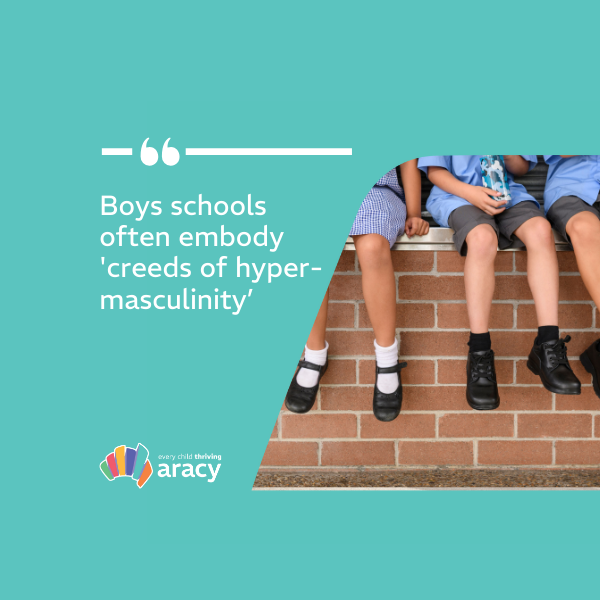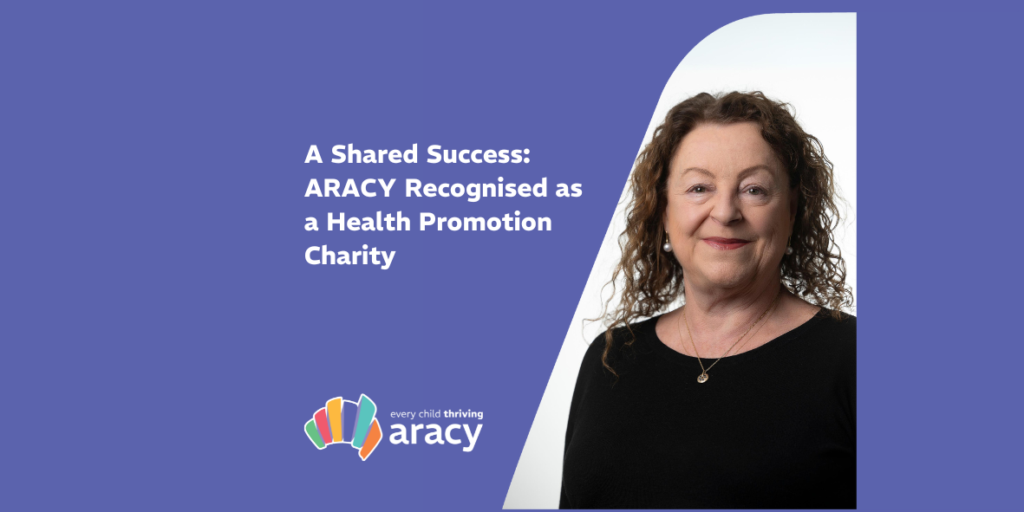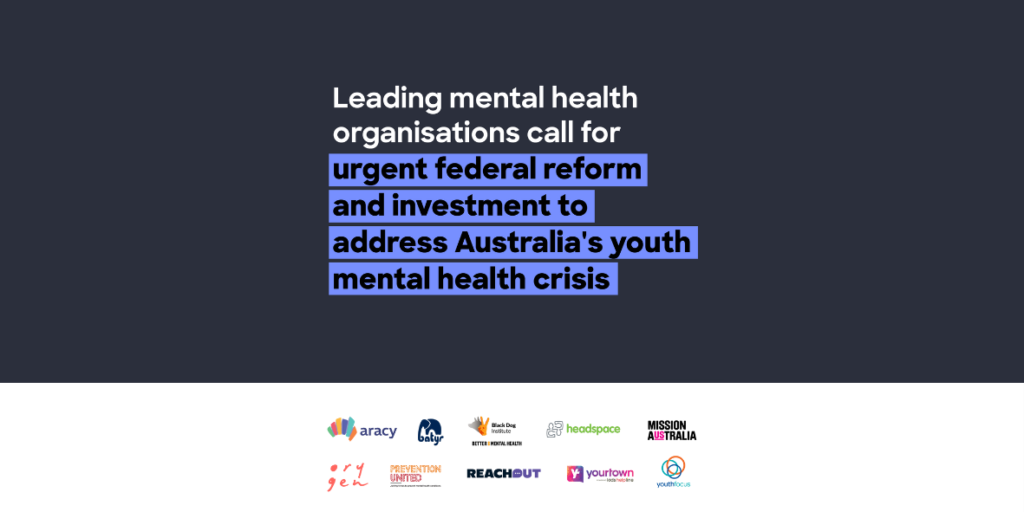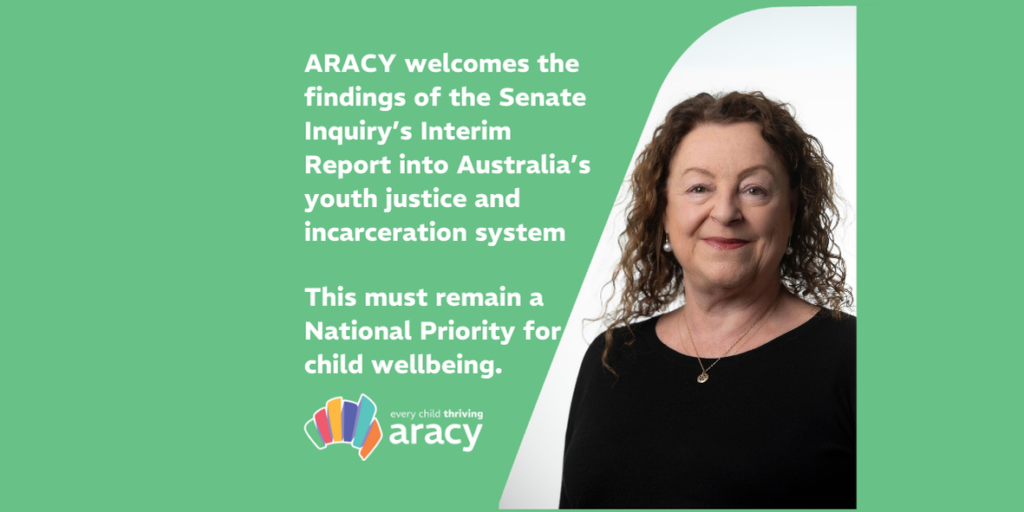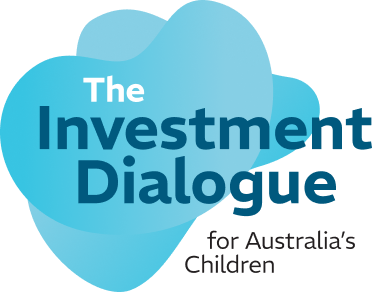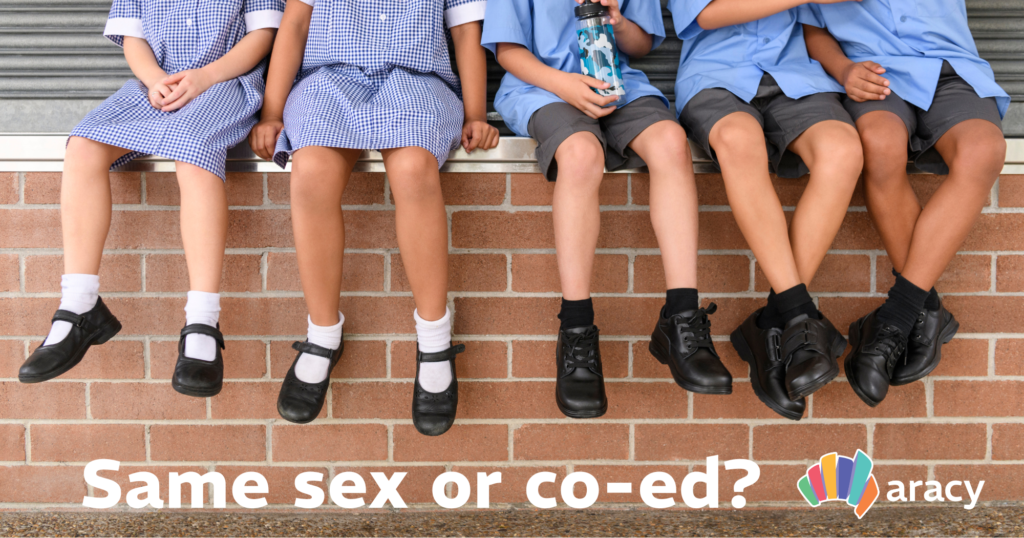
18 March 2022
Whether or not single sex schools provide advantages to students in education or general life outcomes has long been debated. Existing research suggests girls who attend single-sex schools are more confident in their abilities in STEM subjects like mathematics and physics than in coeducational schools[1]. In the absence of boys, girls have also said they feel less constrained in engaging in classroom discussions[2]. For boys, their confidence levels in physics and mathematics are found to be equally high, and they engage in classroom discourse whether they are at an all boys school or not. However, there is no consistent evidence to show that students – either boys or girls – achieve higher grades in single-sex than in coeducational settings.
In a recent article from the Educator Online[3] Dr Nicole Archard, the head of an all-girls private school in South Australia claimed “a girls’ school environment is the best place for girls to be educated and that it equips them to challenge gender stereotypes, develop a confident and articulate voice, develop leadership capacity in all forums, and be comfortable within themselves”. Dr Archard goes on to say “What girls’ schools do differently is to purposefully educate girls in order to develop girls’ self-concept, self-efficacy, and self-confidence so that girls develop the knowledge and skills required to reject and overcome the gender stereotypes that attempt to define them. Single-sex schools take away gender stereotypes.” This argument assumes males will be largely – if not entirely – absent from the arenas in which this self-confidence and knowledge is said to blossom, meaning it might not hold up against real world experiences.
While the focus on identity and confidence building in all girl schooling may be beneficial for the young women attending them, the absence of the female perspective from classroom debates and analyses of course materials, has been shown to have negative impacts. Martin Crotty, an Associate Professor in Australian History at The University of Queensland has studied the history of all male schools in Australia going back to the late nineteenth century. He says that all boys schools often embody “creeds of hyper-masculinity”, and that “the more hyper-masculine such schools are, and (notwithstanding the huge advances made in ridding society of homophobia, in which the young have been in vanguard) the more hostility one sees towards anyone who fails to fit the mould, including women”[4].
So, why is this a problem? Essentially, boys who attend all boys schools are not typically asked to think about gender and society, or more importantly, how a woman’s experiences are likely to be different from their own. This can lead to a lack of empathy towards girls and women, an inability to see or unwillingness to acknowledge gender inequalities, and in the worst case, misogynistic attitudes. This last point may seem an extreme leap in reasoning, but as Chanel Contos’ news-making poll – which asked girls from Sydney if had experienced, or knew someone who had experienced, sexual assault or had their consent abused by boys from all-boys private schools – showed, young males who attend all boys schools fail to respect consent at alarmingly high rates.
High school is a significant period of self-discovery and identity formation for most young people, and a time when many different influences external to their school environment can have significant impacts. This is why finding the right fit for students both educationally and socially is essential. As an article published in the Conversation in 2016 notes “A single-sex or coeducational learning setting should not be the only consideration” when choosing a school[5]. Elements like location, student population diversity, curriculum and co-curricular offerings, music and sporting facilities, library and IT access, discipline policies, academic reputation and the child or young person’s personal values and goals should also be factored into the decision making process, which should include the child or young person’s input.
Given the recent debates around the religious discrimination bill, the issue of same-sex schools has received a lot of media attention in relation to trans students. However, discrimination against trans students does not occur exclusively in same sex schools, and some same sex schools have shown a strong degree of support for students identifying with the LGBTQI+ community. Equity and discrimination is the top issue of national concern identified by Australian students aged 15-19, with over a quarter of students demonstrating concern for LGBTQI+ issues[6]. Teacher positivity towards LGBTQI+ issues plays a critical role in school connectedness, motivation, and learning confidence among other outcomes for LGBTQI+ students, with subsequent impacts on academic outcomes. As such, it is encouraging a number of recent articles from The Guardian[7] and other news sources have recounted LGBTQI+ and non-binary students’ experiences at same sex and religious schools, and highlighted many are inclusive and supportive of these students[8]. A new study by Western Sydney University has found parents are overwhelming in support of the teaching and gender and sexuality diversity[9]. There is still much to be done in Australia to protect LGBTQI+ students from discrimination and abusive behaviours in schools, both same sex and co-ed, and it is essential we continue to push for equity and protection from discrimination in all areas of life.
Schools are so much more than education for children and young people, they are fundamental to their wellbeing and development. Significant benefits can arise when schools are equipped to regularly check-in with students on how they are feeling and their overall wellbeing, enabling students to build wellbeing and mental health literacy, and access support when needed.[10] Researchers, teachers, parents and students all express different views on the form that schooling should take, driven by a myriad of different values. Importantly, when choosing a school, parents should base their decision on what environment will best support and enable their child to flourish academically, socially and as a contributing member of society.
[1] https://www.aare.edu.au/data/publications/2007/for07148.pdf
[2] ibid
[3] Single-sex schools vs co-ed: Who has the edge? | The Educator K/12 (theeducatoronline.com)
[4] https://theconversation.com/elite-boys-schools-like-st-kevins-were-set-up-to-breed-hyper-masculinity-which-can-easily-turn-toxic-132433
[5] https://theconversation.com/single-sex-vs-coeducational-schools-how-parents-can-decide-the-best-option-for-their-child-55758
[6] https://www.missionaustralia.com.au/what-we-do/research-impact-policy-advocacy/youth-survey
[7] https://www.theguardian.com/australia-news/2022/feb/12/equality-is-not-negotiable-the-schools-embracing-gender-diversity
[8] https://www.eternitynews.com.au/opinion/most-schools-religious-included-want-to-make-all-students-welcome/
[9] https://www.westernsydney.edu.au/newscentre/news_centre/more_news_stories/landmark_study_released_on_gender_and_sexual_diversity_education_in_schools
[10] Barker et al ARACY, 2021 Taking the Pulse of Australian Students: ei Pulse Results March 2020 to March 2021 Results
